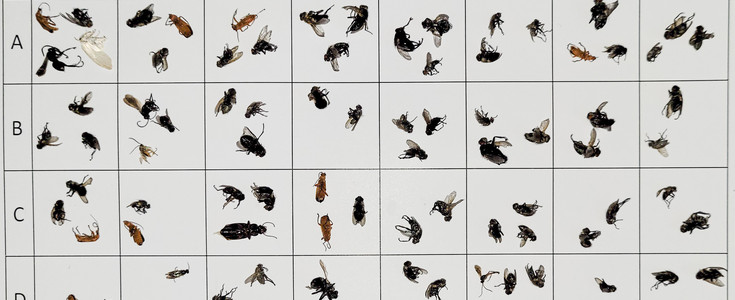The activities of our institute in the field of biodiversity monitoring go back a long way. For example, from 2004 to 2005, under the lead of the former head of the institute Wolfgang Holzner, a team of experts developed a set of potential indicators for biodiversity monitoring in Austria (MOBI-e). As part of the project, the Austrian Federal Environment Agency already made methodological considerations for the Austrian Biodiversity Monitoring (ÖBM) - Cultural Landscape, which was launched in 2017. The biodiversity monitoring with farmers, organized by the Austrian Chamber of Agriculture (ÖKL) and the Environmental Office Klagenfurt since 2007 and integrated into the Austrian Agri-Environmental Program, also dates back to the MOBI-e project.
Currently, the Monitoring of Wild Bees in Austria project has been launched in cooperation with the University of Salzburg, the Austrian Nature Conservation Association, and the Austrian Wild Bee Council, with the aim of systematically collecting data on the distribution of wild bee species in Austria. Around 220 selected locations in arable land, grassland, and protected areas are surveyed using a standardized method. The data is complemented by a citizen science bumblebee monitoring.
In addition, since 2001, we have contributed to the complete recording of the priority FFH-species Böhmischer Enzian (Gentianella bohemica) according to Article 11 of the Fauna-Flora-Habitat Directive (see exemplary results in the Article 17 report 2020).
